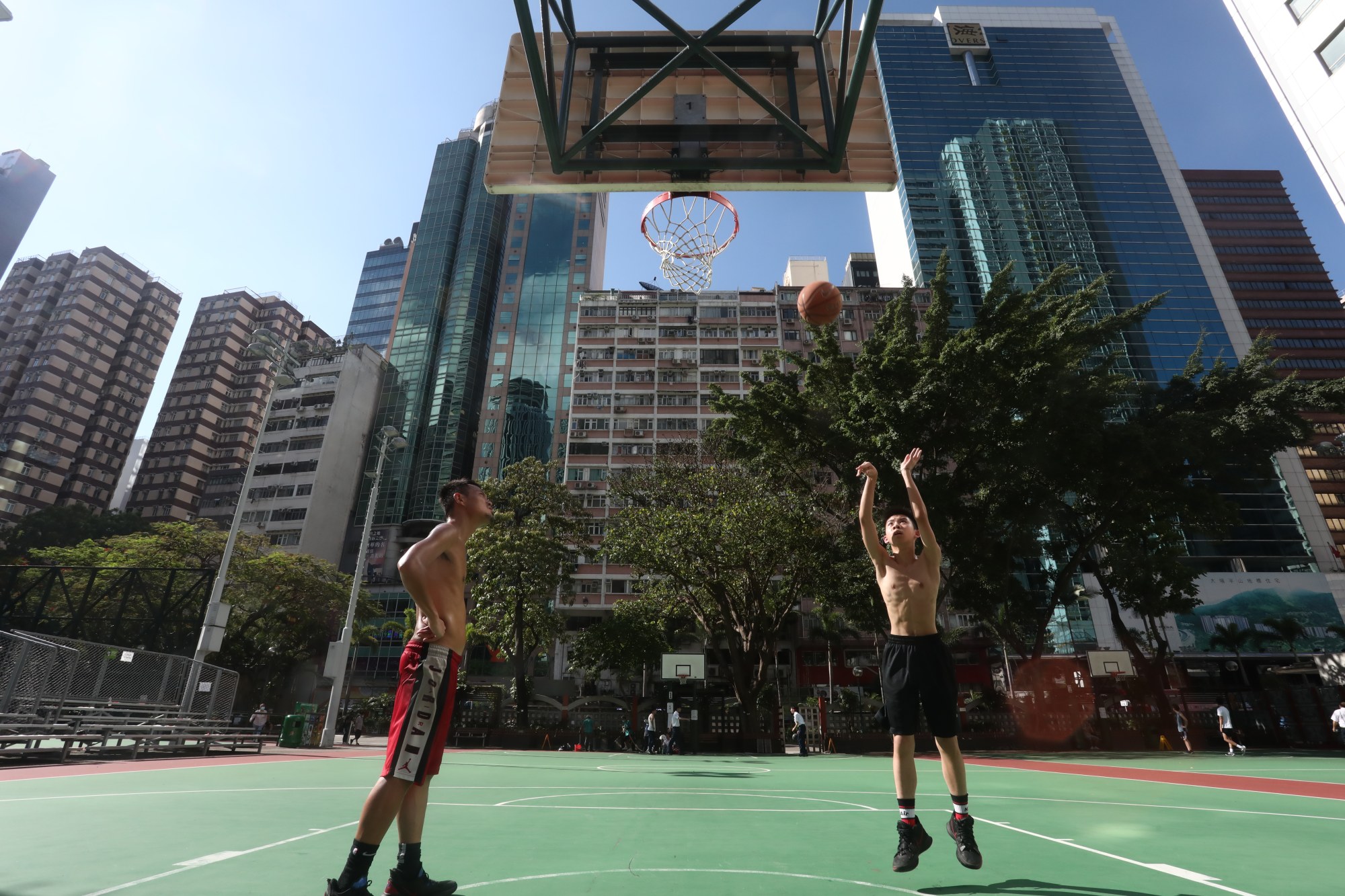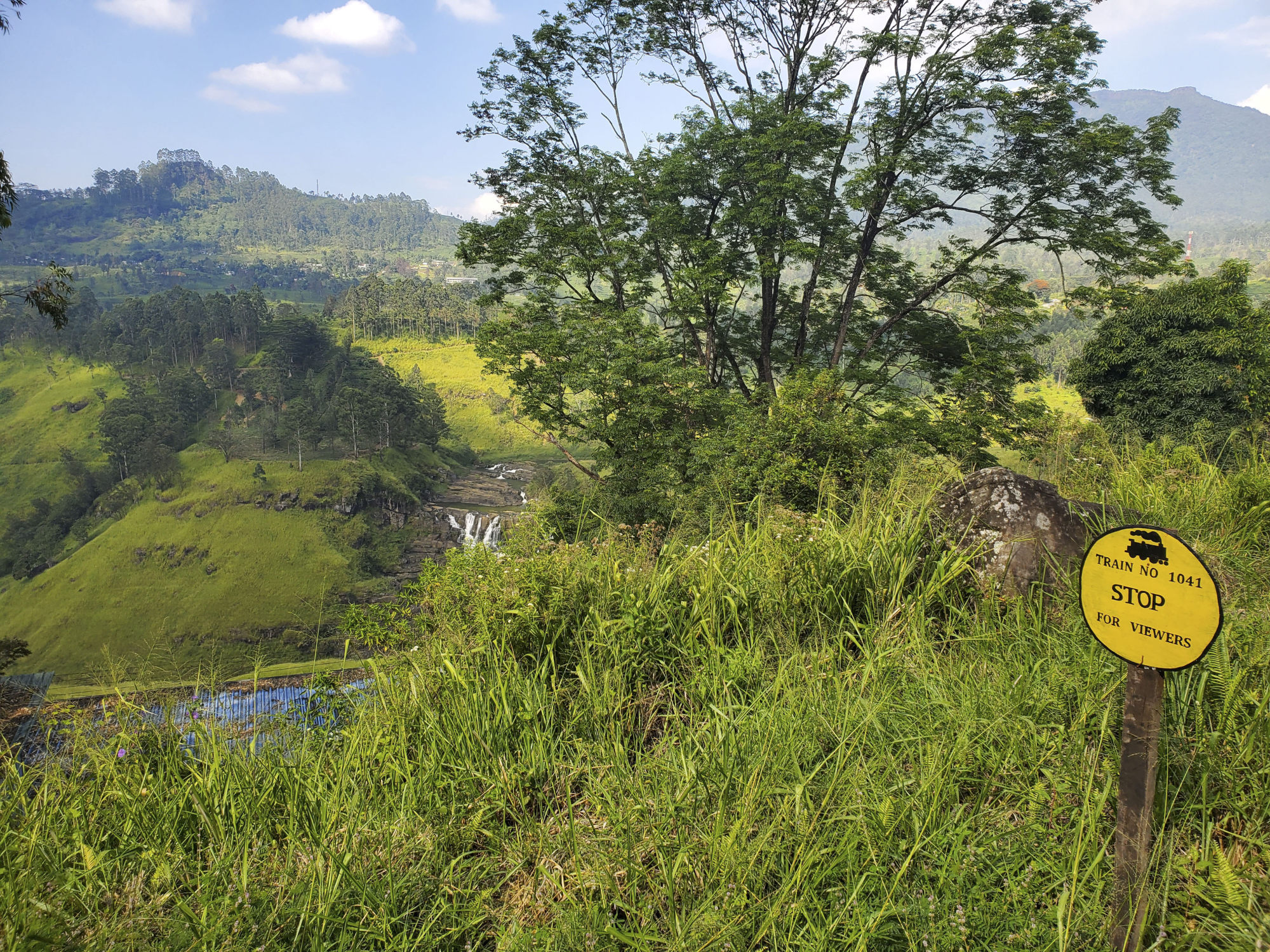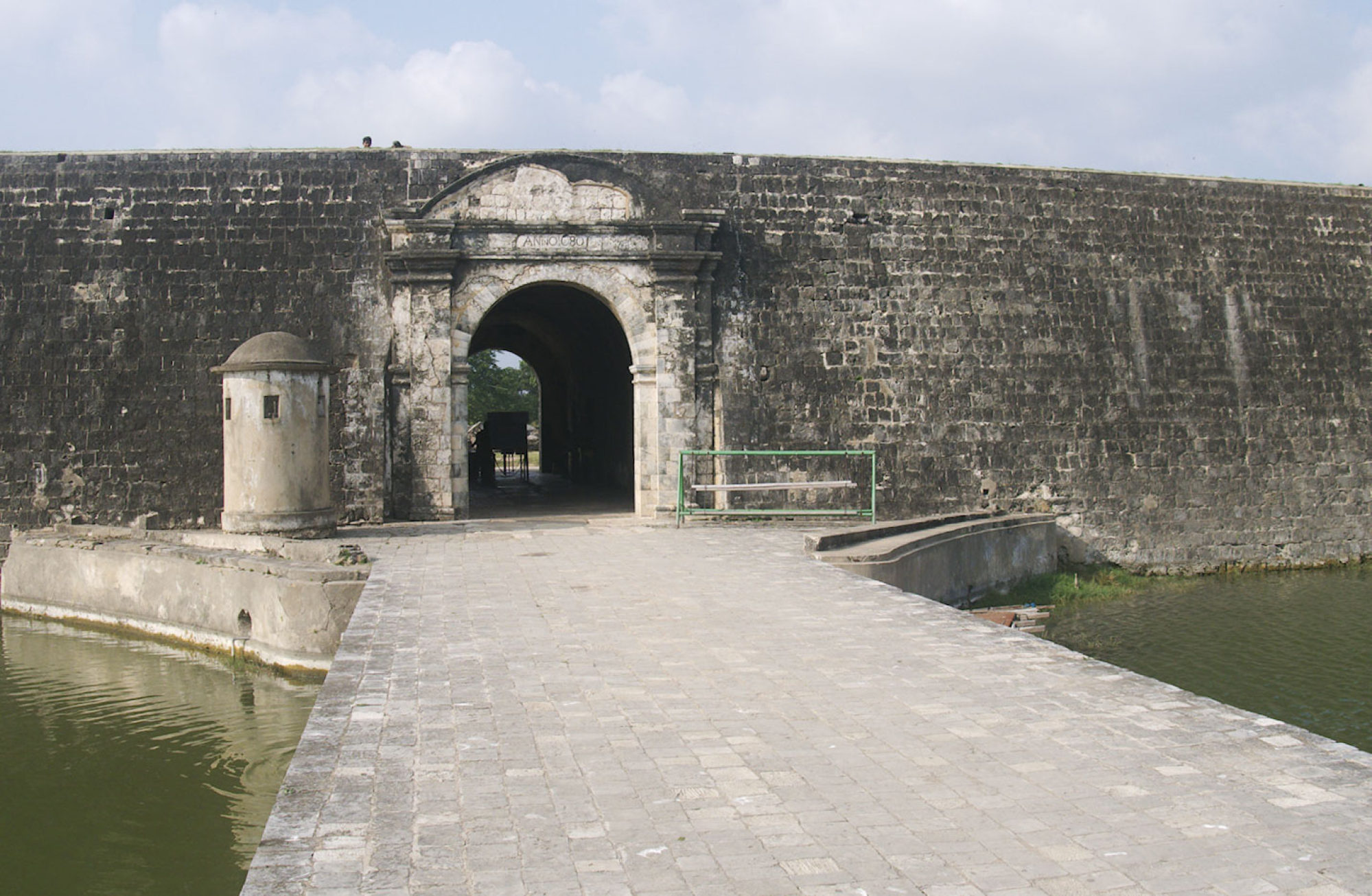
Look for Sri Lanka’s connections to Southorn Playground in Hong Kong’s Wan Chai on a trip around the island nation, ‘Pearl of the Indian Ocean’
- The story of Southorn Playground goes back to Sri Lanka in the early 1900s, and diplomat Sir Wilfred Thomas Southorn and his future wife, Bella Woolf
- We retrace Woolf’s journey from Colombo to Kandy, with its Temple of the Tooth, and Jaffna, and her brother Leonard’s to Hambantota in the south
A curious connection exists between a popular recreation area in the heart of urban Hong Kong and the lush jungles, undulating tea plantations, ancient temples and reef-fringed beaches of Sri Lanka, some 3,900km (2,400 miles) away.
Southorn Playground, sandwiched between busy Hennessy Road and Johnston Road, Wan Chai, was opened in 1934 and named after Sir Wilfred Thomas Southorn, Hong Kong’s then colonial secretary.
Southorn was introduced to Woolf by her brother, the English literary figure Leonard Woolf, when the two men worked as colonial administrators in what was then British Ceylon.

Bella Woolf was an accomplished writer in her own right and in 1914 had published a travel guide to Sri Lanka, How to see Ceylon. By retracing her steps, visitors to Sri Lanka can enjoy a uniquely Hong Kong connection to the shimmering Pearl of the Indian Ocean.
Bella Woolf arrived by steamship in Colombo in 1907 and, like most Western visitors, stayed at the Grand Oriental Hotel, or GOH as everyone called it. The hotel still stands, with its expansive marble lobby housing a bust of Russian playwright Anton Chekhov, one of many celebrated guests, although the place has lost much of its lustre over the years.

She was visiting her brother, who in 1912 would marry the English novelist Adeline Virginia Stephen, better known as Virginia Woolf. He was stationed in the ancient city of Kandy, in Sri Lanka’s central hill country, working as a colonial administrator for the Indian Civil Service.
Bella Woolf reached her brother’s residence by train from Colombo, a service that had begun operating in 1867. The train remains the most romantic vehicle from which to witness the panoramas of Sri Lanka’s interior.
Dense green jungle and rolling tea plantations interspersed with magnificent waterfalls, small villages and immaculate rural stations tended by smartly uniformed staff roll past the window as the train rattles and lurches up to Kandy, 500 metres (1,640ft) above sea level.

Some of the rolling stock is antique and the timetable is little more than advisory, but tickets for first class air-conditioned compartments can be bought online via a government website.
“Everything in Kandy sparkles including the air,” wrote Leonard Woolf, and much of it still does, the city dominated by a glittering lake at its centre: Kiri Muhuda, or the Sea of Milk.
On the northern shore of the lake is the Sri Dalada Maligawa, or the Temple of the Tooth, and the Royal Palace. The former was designated as a Unesco heritage site in 1988 and is where a relic of the left tooth of Gautama Buddha is enshrined. Bella Woolf stayed with her brother in a bungalow just behind the 16th century temple.

“Kandy is with many visitors first favourite among the beautiful places Ceylon can show,” wrote Bella Woolf, who lived there from late 1907 until August the following year.
Although primarily an ancient cultural capital, Kandy later became an administrative centre for European tea and coffee planters. Several colonial-style hotels still dot the perimeter of the lake, offering the traditional but slightly shabby charm of colonial days at reasonable rates.
Hotel Suisse is a classic example. The 170-year-old whitewashed structure is set in three acres (1.2 hectares) of landscaped gardens dominated by a massive swimming pool. Fruit bats hang from the branches of nearby trees, watching hotel guests complete lengths of the pool.

During World War II, the hotel was used by Allied forces as headquarters for the Southeast Asia Command, under Lord Louis Mountbatten.
The hotel has hardly changed since those wartime days and it’s not hard to imagine Mountbatten in full dress uniform ghosting in from the garden through the French windows for a sundowner cocktail in the bar, with its polished teak floors.
The Royal Botanical Gardens at Peradeniya are about 5.5km from Kandy’s centre and make for a popular excursion by tuk-tuk, the three-wheeled growling vehicles on which Sri Lanka runs.

Three years after her arrival in Kandy, Bella Woolf married her first husband, Robert Heath Lock, who was assistant director of the botanical gardens. She spent many happy days exploring the region with Lock by car and it was this experience that inspired her travel book.
Lock died of cardiac failure in June 1915.
Before his promotion and transfer to Kandy, Leonard Woolf had worked in the northern Sri Lankan city of Jaffna, where he first met and became friends with Bella’s second husband, future Hong Kong colonial secretary Tom Southorn.

Of Jaffna, Bella Woolf wrote in her travel book: “Out of the hurly-burly of the town lies the Fort which is a delightful green oasis.”
Despite the ravages of Sri Lanka’s civil war (1983-2009), which exerted a heavy toll on Jaffna, the Portuguese fort, surrounded by a moat, still stands, its high coral walls pockmarked by gunfire.
The two administrators shared a bungalow perched on a bastion here, overlooking the Indian Ocean. Visitors can replicate the 2.7km bicycle ride past the Dutch colonial bungalows of Jaffna’s Main Street that the two young men took every morning to the Kachcheri, the government agent’s district secretariat.

On the main road, a battered sign that dates back to colonial times points the way to the Kachcheri. The roof has long gone, tree roots climb through the masonry and bullocks now graze outside the crumbling red brick walls of this magnificent ruin.
Southorn was posted away from Jaffna in May 1905, and despite Leonard Woolf unkindly describing Hong Kong’s future colonial secretary as “brainless” in a letter home, they remained friends.
After Kandy, Leonard Woolf was posted to Hambantota, on the arid southern coast of the country, from where he wrote to Bella frequently.
Next stop Antarctica: the joys of Sri Lanka’s southern tip
Hambantota remains off the mainstream tourist radar. Those willing to brave a bumpy and at times terrifying journey by public bus from Matara can enjoy the spectacle of Leonard Woolf’s sensitively restored official residence – now owned by the state and, according to a smart sign outside, known as the Government Agent’s Official Residence in Hambantota – perched on a rocky peninsula just outside the port.
Bella Woolf married Southorn in 1921 in Ceylon, four years before his posting to Hong Kong. She was a widow in her mid-40s with a love of Asia and he a bachelor of similar age in professional need of a witty and accomplished wife.
It was their passion for Sri Lanka that forged their successful partnership in Hong Kong and it was the island nation’s vivid rural expanses that inspired them to inaugurate a children’s play area in Wan Chai.

